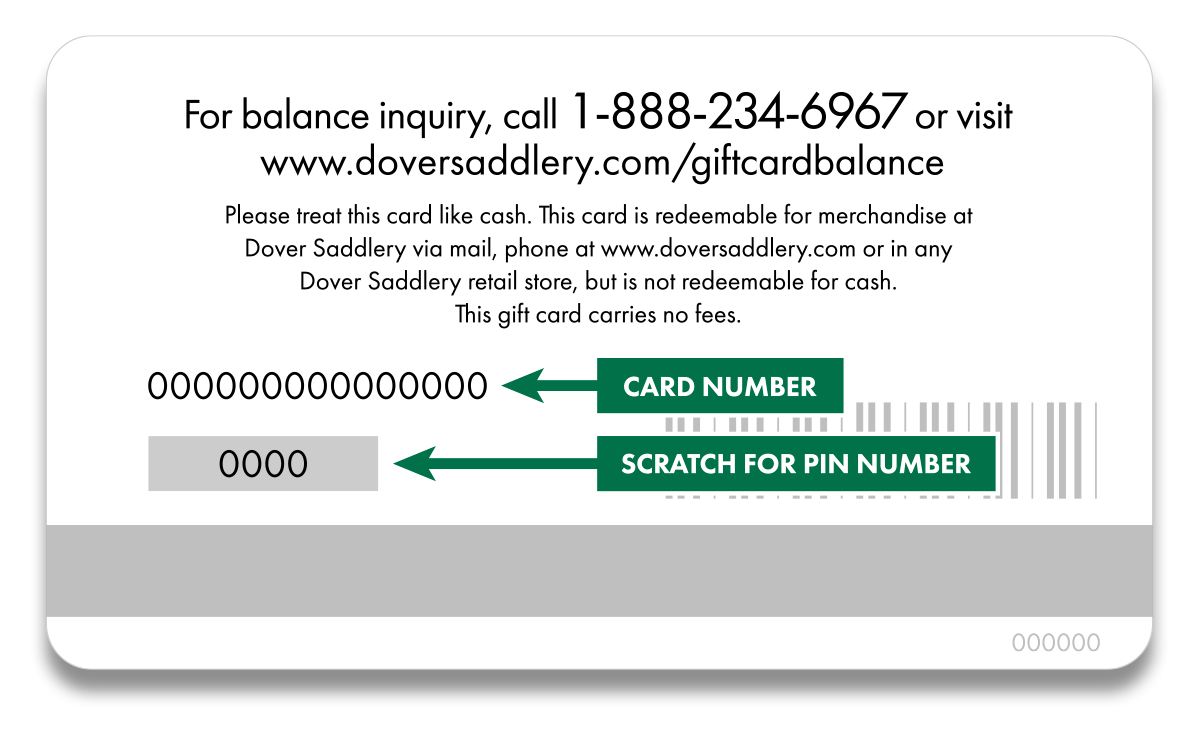How to Select and Fit Bell Boots

Bell boots, sometimes called overreach boots, cover a horse's front feet from the pastern over the coronary band and the hoof wall down to the heel. Bell boots protect against interference from hind feet that can overreach or clip the front feet during riding or turnout. Overreaching can injure the heel bulbs or loosen shoes. Horses prone to losing shoes or showing dirt marks, scrapes, or bruises on heels or pasterns may benefit from bell boots.
Bell boots also protect the coronary band during activities like lunging or trucking if shipping bandages do not cover the pasterns or heels. Bell boots should be used when horseshoe studs are in place and may be necessary for horses with corrective shoeing.
Occasionally, bell boots can be helpful on hind feet, such as for horses that lose hind shoes or develop abrasions above the coronary band. Properly fitted bell boots can temporarily reduce these problems, but consult a farrier for a permanent solution.
Bell Boot Styles
Pull-on bell boots provide maximum security against slipping during riding, especially in jumping disciplines. They offer full protection as there is no opening. Pull-ons can be challenging to fit, so some riders prefer open styles.
Open bell boots wrap around the hoof and close with hook-and-loop fasteners. Ensure the ends meet fully, and keep fasteners clean to secure the boot.
Most bell boots rotate freely and do not bother most horses. Sensitive horses or those in rigorous activity may benefit from no-turn bell boots, such as the Professional's Choice Ballistic Overreach Boots, which have an interior molded area that prevents turning. Another no-turn style is the Acavallo No-Turn Bell Boots.
Bell Boot Materials
Understanding materials helps you select the best boot. Most are waterproof or water-repellent and vary in durability.
Gum: Traditional gum rubber, like Easy-Stretch Bell Boots, is lightweight and stretchy, often pull-on style with double thickness at the bottom. For difficult fits, soak in warm water to increase pliability.
Rubber: Heavier than gum boots, available in open and closed styles, and in many colors. Consider Fleece-Lined Bell Boots for sensitive horses.
PVC (Polyvinyl Chloride): Heavy-duty, molded with double-locking closures. Durable, available in fun or conservative colors.
Nylon: Lightweight, durable no-turn boots, e.g., Professional's Choice Ballistic Overreach Boot.
Neoprene: Flexible and resilient, providing comfort. Examples include Back on Track Bell Boots and Eskadron Pikosoft Bell Boot.
Open Cell Foam: Lightweight, breathable material dispersing shock and heat for comfort and protection.
Carbon-fiber: For horses engaged in vigorous jumping, e.g., Woof Kevlar Overreach Bell Boots, offering lightweight yet high-impact protection.
How to Fit Bell Boots
Bell boots should be sized so the bottom back rim barely touches the ground when the horse stands. You should be able to slide one or two fingers between the top rim and the pastern.


Avoid boots that are too big, as they may cause stumbling, or too small, which may cause abrasions or inadequate protection.
Tips to Prevent Chafing
- Brush away dirt on the hoof walls and pasterns before putting on bell boots to prevent chafing.
- Remove bell boots after riding, trucking, lunging, or turnout to let skin and hair air dry.
- Clean the inside surface and upper rim of the bell boot regularly, inspecting for tears that may cause friction.



